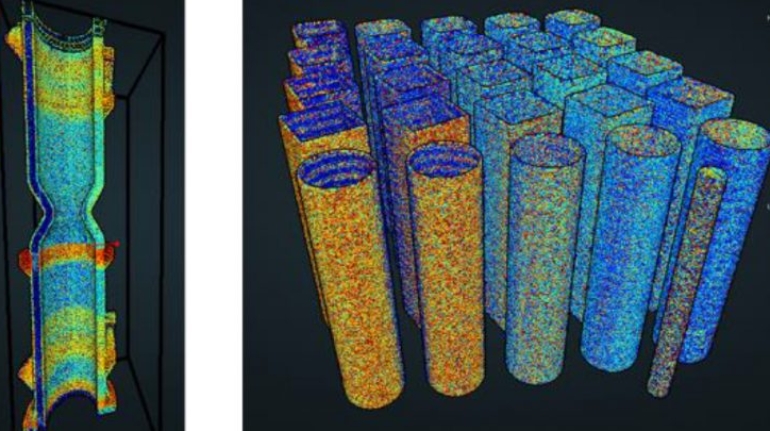3ntr Completes Industrial 3D Printing Solution with Bliss Nozzle and Diamond Print Plate 3D Printer Hardware
After releasing the new SSI (Smart Slicing Interface) software, industrial 3D printer manufacturer 3ntr is completing its full professional 3D printing solutions by introducing two hardware elements: the new Diamond patented plates for easy print removal and the Bliss tungsten carbide nozzles for highly abrasive filament materials.










